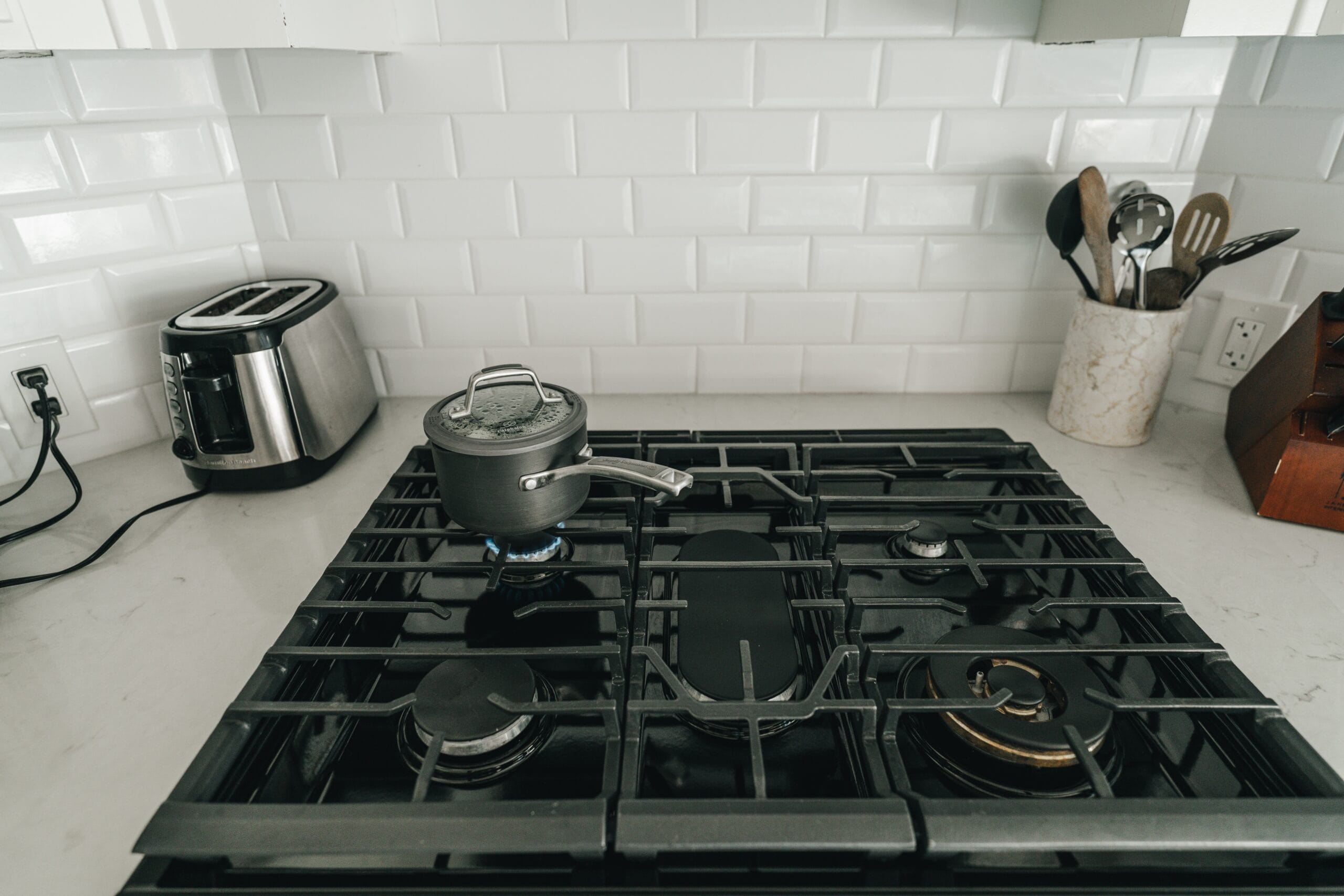When it comes to cooking, the choice of the right cooktop can make a significant difference in your overall experience. Two popular options that many homeowners consider are gas and induction cooktops. Both have their own advantages and disadvantages, and understanding the differences between them can help you make an informed decision for your kitchen.
Gas Cooktops
Gas cooktops have been a staple in kitchens for many years. They use natural gas or propane as a fuel source and provide instant and precise heat control. Here are some key advantages of cooking with gas:
- Heat Control: Gas cooktops offer precise temperature control, allowing you to adjust the flame to your desired level. This makes it easier to simmer delicate sauces or sear meats at high temperatures.
- Visual Cue: With a gas cooktop, you can visually see the flame, which provides a clear indication of the heat level. This can be helpful for beginners or those who prefer a more hands-on approach to cooking.
- Compatibility: Gas cooktops are compatible with a wide range of cookware, including cast iron, stainless steel, and copper.
- Power Outage: In the event of a power outage, a gas cooktop can still be used as long as the gas supply is not affected.
However, there are a few drawbacks to consider when it comes to gas cooktops:
- Installation: Gas cooktops require a gas line, which may not be available in all homes. If a gas line needs to be installed, it can add to the overall cost.
- Cleaning: Gas cooktops can be more challenging to clean due to the presence of burners and grates. Food spills and grease can accumulate in these areas, requiring more effort to keep the cooktop looking clean.
- Heat Distribution: Gas flames can sometimes result in uneven heat distribution, leading to hot spots on the cookware.
Induction Cooktops
Induction cooktops are a relatively newer technology that has gained popularity in recent years. They use electromagnetic fields to directly heat the cookware, offering several advantages:
- Efficiency: Induction cooktops are highly efficient as they heat the cookware directly, resulting in faster cooking times and less wasted heat.
- Safety: Induction cooktops remain cool to the touch, reducing the risk of burns. They also have built-in safety features such as automatic shut-off when no cookware is detected.
- Cleaning: The smooth surface of an induction cooktop makes it easy to clean. Spills and splatters can be wiped away effortlessly.
- Heat Control: Like gas cooktops, induction cooktops offer precise temperature control, allowing for precise cooking techniques.
Despite their advantages, there are a few considerations when it comes to induction cooktops:
- Cookware Compatibility: Induction cooktops require the use of induction-compatible cookware, which is typically made of magnetic materials such as cast iron or stainless steel.
- Initial Cost: Induction cooktops tend to have a higher upfront cost compared to gas cooktops.
- Noise: Some induction cooktops can produce a slight humming noise during operation, although this is generally not a significant issue.
Conclusion
Choosing between a gas and induction cooktop ultimately depends on your personal preferences and needs. Gas cooktops offer precise heat control and compatibility with a wide range of cookware, while induction cooktops provide efficiency, safety, and easy cleaning. Consider factors such as installation requirements, cleaning preferences, and budget when making your decision. Whichever option you choose, both gas and induction cooktops can elevate your cooking experience and help you create delicious meals in your kitchen.

Recent Comments